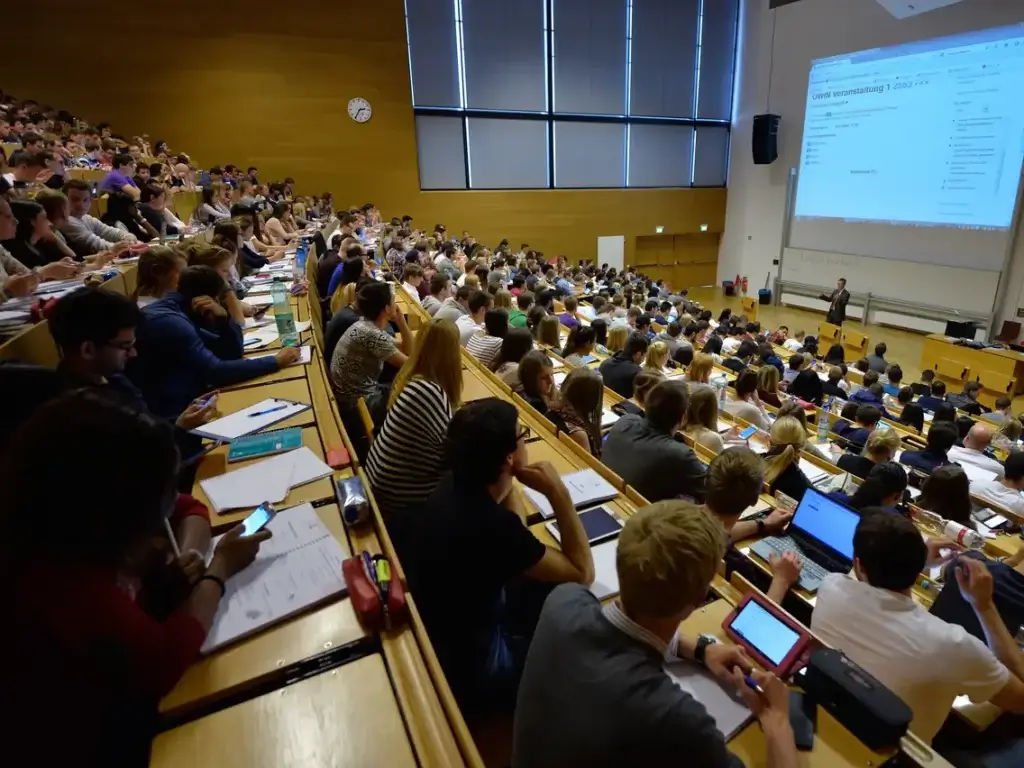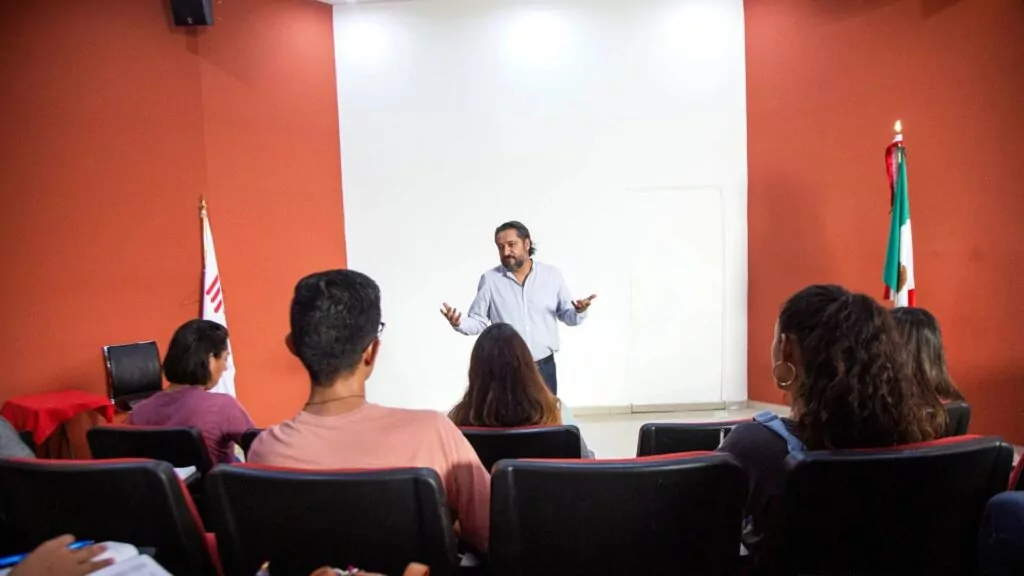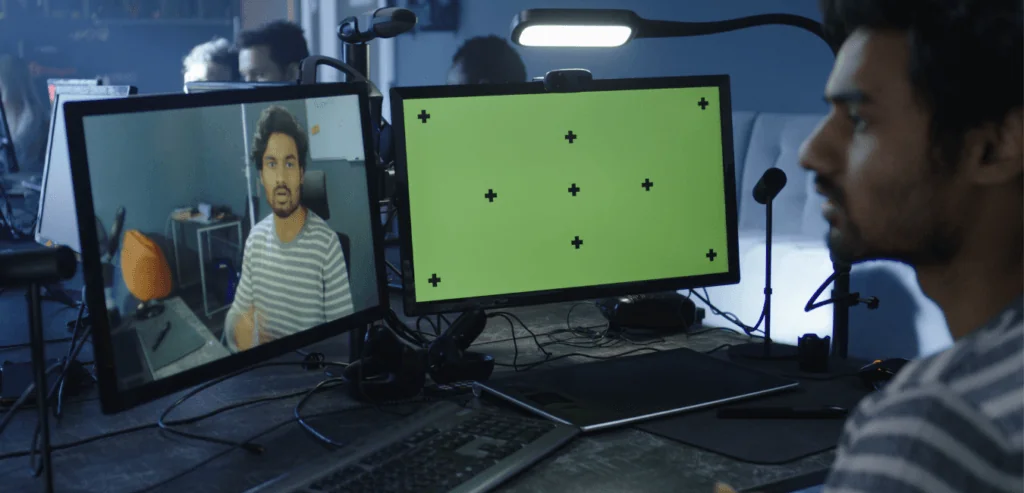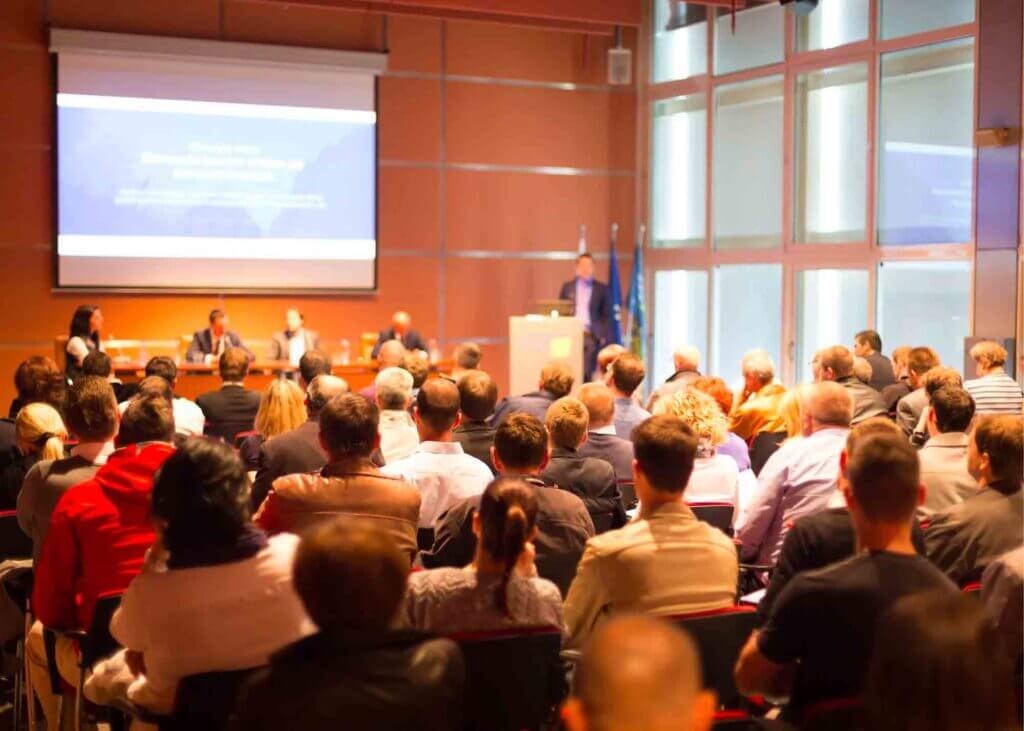In a broad sense, Lecture Capture can be utilized to provide a handful of software and hardware solutions whether you are looking to capture PowerPoint slides, access various webcams, or record multiple screens.
What started off as screen recording has evolved into fully integrated software that incorporates video platforms and content and learning management systems (LMS). In recent years, recording lectures made its way into classrooms world-wide; nonetheless, concerning perceptions are still afloat. Does Lecture Capture truly enhance the classroom experience, or does its challenges prevent it from becoming a mainstay in higher education?
Advantages of Lecture Capture
1. Flipped Classroom
The emergence of the flipped classroom has extended the learning experience far beyond the traditional learning environment. Further, because students have access to course material and content at any given time, illuminating topics can spark further debate and conversation within lectures. The flipped classroom simultaneously supplements resources in and outside the classroom.
2. Knowledge Sharing
A positive learning environment is a thriving environment. With lecture capture, viewer analytics provide lecturers the ability to focus on specific topics, improve their teaching material, and share their best teaching practices among other instructors. Students can also study guides and videos to better prepare for upcoming assignments. In fact, studies involving an annual teacher survey on media and technology claim that 74% of teachers say technology enables them to reinforce and expand content. With the ability for staff and students to effectively share knowledge, instructors can continue to maximize efficiency and productivity.

3. Student Perception
The demand for more control over their learning highlights the emphasis in various student discussions and within surveys on student perception on lecture capture. In fact, a LearnDash study revealed 90% of instructors have noticed a positive change in student engagement since flipping their classrooms. Many students believe that lecture capture added more value to their courses. This also applies for disabled students as well as students who struggle to understand English.
4. Convenience
With students having access to recorded lectures, recorded lectures provide online access to content outside of the traditional classroom setting. The ability to revisit stored lectures on their LMS on any device offers students flexibility if they happen to miss a lecture due to illness or scheduling conflicts at a given time. With Lecture Capture, students are given more control over their learning experience if they cannot attend a lecture.
Future Implications
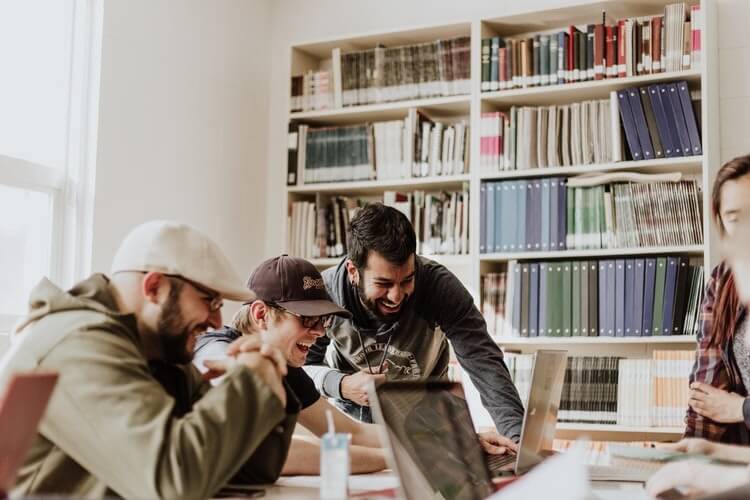
1. Privacy Concerns
The knowledge of being recorded tends to be a concern for some, and rightfully so. Whether a live stream is being held or a discussion recording is uploaded, transparency and providing instructors with options to opt-in or out should be addressed. Institutions will need to enforce copyright policies to ensure the security of intellectual property rights.
2. Limited Technology
Many argue that lecture capture relies on technology that is quite limiting. However, there are many ways lecture capture can be utilized beyond its traditional purpose such as for video/recorded assignments or to incorporate a flipped classroom setting. Discover the various ways you can further leverage your lecture capture platform here.
3. Content Repetition
The advent of recorded lectures has provided students with extra resources outside of the traditional classroom setting. Content can be recorded and stored for students to reference for additional help. However, negligence with lecture capture platform can lead to outdated learning material being reused every year. To shed doubts among concerning students, instructors need to provide up-to-date content that accurately reflect their current material.
Related Post: How to Make the Most out of your Lecture Capture Platform




